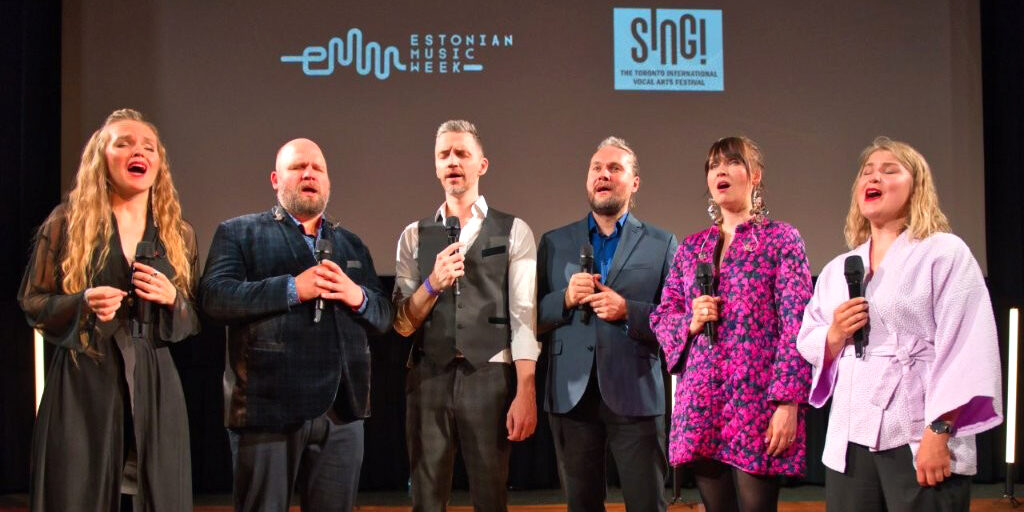A Linguistic Detective Story for the Holidays
Kadri Tüür, currently the instructor of Estonian language and culture at the University of Toronto, is presenting a series of language columns explaining some common Estonian phrases used in everyday communication. Let’s get started and dig down to the roots of some weird Estonian language logic!

It’s a pleasure to meet you!
The period around Christmas and New Year is when families get together. Some people, especially the younger generation, may bring along new faces—boyfriends, girlfriends, or just friends—to introduce them to their families, and vice versa.
In Estonian, the routine dialogue for introducing someone and politely responding goes as follows:
Palun saage tuttavaks! (“Please meet each other!”)
Väga meeldiv. (Literally: “Very pleasing.”)
But wait, what does that phrase “Väga meeldiv” actually mean? And why is that the –v is there at the end of the verb? Shouldn’t it be -n (meeldin) for the first person singular form of the verb, or -d (meeldid) for the second person singular form, if it’s about two people (I and you) meeting? And how does the quantifier “very” go together with a verb? At that rate, could someone be “very running” or “very laughing”?
Let me tell you. This is because the Estonian word “meeldiv” is actually a verb disguised as a noun and behaving as an adjective. Adjectives describe qualities and can thus be compared: something can be simply pleasant, very pleasant, or even utterly pleasant. Polite Estonians say meeting new people is very pleasant, even if they are introverts and do not actually find anything pleasant in welcoming newcomers into their lives. So I hope we have now solved the mystery of väga. But what about that weird -v at the end of the phrase?
In “väga meeldiv,” it is not actually clearly indicated, by means of grammatical tools, who is pleasant and for whom there is pleasure. It’s just stated that it’s a presently pleasant situation.
The -v ending is what linguists call a “present participle,” or “v-kesksõna” in Estonian. I don’t think there are too many language nerds in the world who’d be willing to further explain what that means (or listen to that explanation). But for those who are eager to find out, let me put it this way: it’s a grammatical form that indicates a current state of being. For example, “kõndiv mees” (a man who is presently walking) or “loovisik” (a person engaged in the arts/creative activities). But the same function of -v also appears in a common adjective such as “tugev” (someone or something that is currently in the state of being strong). So, when you say that something is meeldiv, grammatically it means that it is currently inducing pleasantness.
This is one of the peculiarities of the Estonian language: it’s often quite impersonal. The subject of an utterance is secondary, if not even fully irrelevant. In “väga meeldiv,” it is not actually clearly indicated, by means of grammatical tools, who is pleasant and for whom there is pleasure. It’s just stated that it’s a presently pleasant situation.
It’s true that in English, when one says “Pleased to meet you,” the subject “I am” is also omitted from the beginning of the phrase, but it is implied that the pleased person is “I,” referring to the first person singular pronoun (I), and the one who is causing the feeling is “you,” referring to the second person singular pronoun.
Next time, we’ll discuss how to use the verb “meeldima” (to like, to feel pleasantness) in a more active manner.



